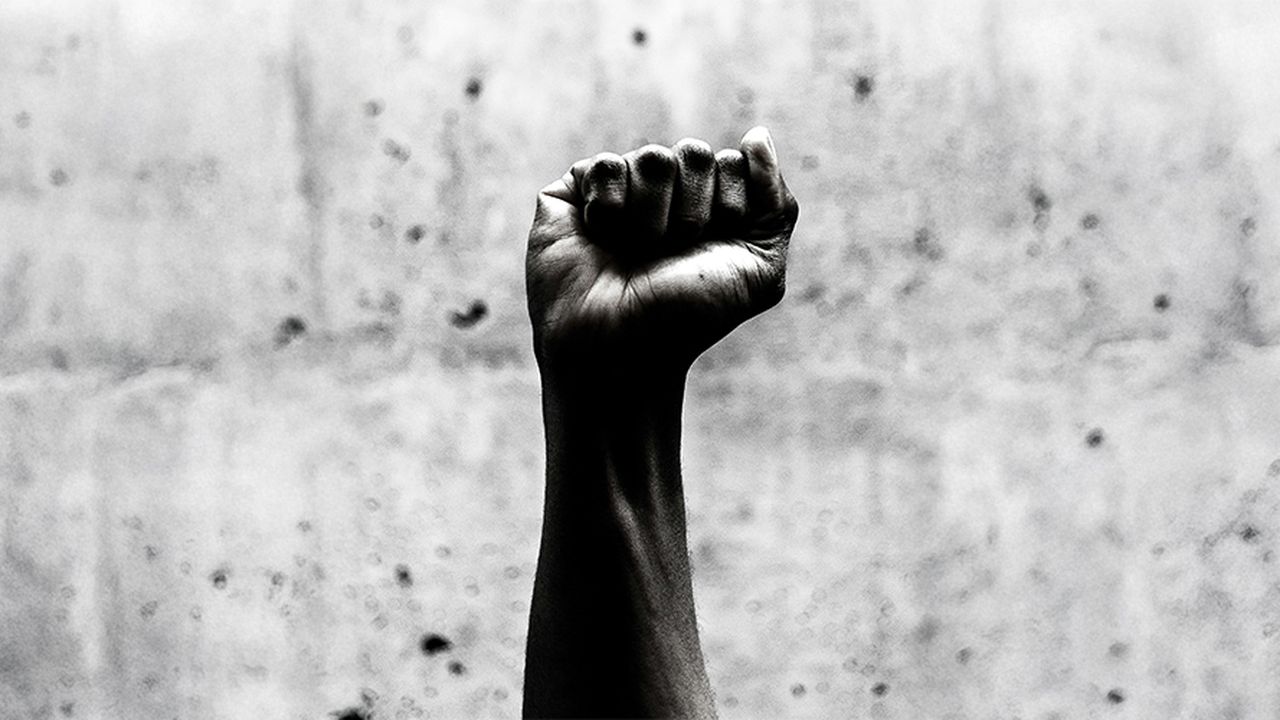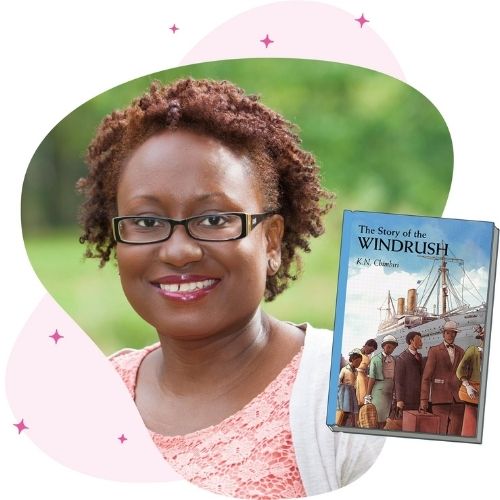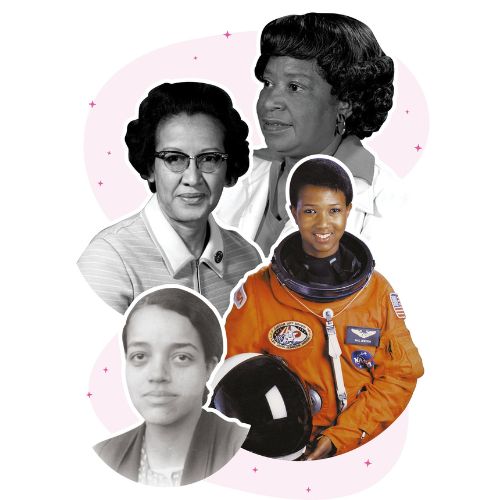9 resources to celebrate Black history all year round
Our list of resources and activities for Black History Month can be used to celebrate black heritage all year round.

Black History Month is an opportunity to celebrate the history of all black people in the UK and beyond. However, it has been recognised that much more can be done to educate and facilitate social change throughout the year, not just in Black History Month. The resources and activity ideas we have included in this article can be used to celebrate Black history beyond Black History Month.
But first, a rundown of Black History Month.
What is Black History Month?
Black History Month is a dedicated month in which we recognise the struggles and celebrate the triumphs of Black people. In the UK, Black History Month takes place in October and received official recognition by the government in the UK in 1987, although it had been celebrated for many years prior to this recognition.
Why do we celebrate Black History Month?
People from African and Caribbean backgrounds have played a massive part in British culture and history, yet their contribution has often been undervalued, ignored or manipulated.
Black History Month gives everyone a dedicated period of time to reflect and celebrate the achievements of Black people, despite the difficulties they have faced for centuries. In schools, Black History Month is a reminder to break beyond the traditional history curriculum that so often focuses on white figures, and focus more on black heritage and culture.
Why is it important to celebrate Black history all year long?
Whilst Black History Month remains an integral part of educating and acknowledging Black history, there is so much work to be done in creating an equal society, where the plight and triumphs of Black people are recognised and supported.
The social enterprise, The Black Curriculum, emphasises the importance of celebrating Black culture beyond Black History Month in their aims.
“As a social enterprise committed to the teaching and support of Black History all year round, our aims include:
- To provide a sense of belonging and identity to young people across the UK.
- To teach an accessible educational Black History curriculum that raises attainment for young people.
- To improve social cohesion between young people in the UK.”
9 Black history resources
Whether you’re looking for a resource for Black History Month, or hoping to explore Black history and culture beyond October, our list of activities and resources are a starter for ten.
1. The Black Curriculum
One of the best sources of resources for schools is The Black Curriculum, a social enterprise aiming to help schools and teachers deliver Black British history across the UK for an increasingly globalised world. They offer entire school programs, teacher training, guest speaking and assemblies, all of which can be done either in person or virtually.
They have an incredible blog you can use to inform yourself and your pupils about Black culture. They also have Black history school resources, some of which are free and others that you pay a small amount for. This website is one not to be missed!
2. Black people in film
Film is such a fantastic and engaging way to educate pupils about Black history. You could look at the history of Black people in film - and prejudices in Hollywood. Or you could use film as a vehicle to discuss Black history and culture in other areas of society.
If you sign up to Into Film, you can access accompanying resources to teach films such as The Princess and The Frog (2009, rated U), and the themes and topics that are presented in the film.
For older pupils, you could watch Remember the Titans (2000, rated PG) as a vehicle to discuss segregation and the racial tensions that remained after segregation was made illegal. Hidden Figures (2016, rated PG) also deals with segregation, as well as celebrating the vital role that female African-American mathematicians played in NASA in the 1960s.
3. Key times in Black British History
There is so much to cover when it comes to Black British history. Instead of trying to do it all, or as a stand-alone study, consider the topics you’re covering in other subjects such as science, history, and English, and find moments to diversify.
Instead of teaching about Rosa Parks and American segregation history, why not explore the history of discrimination in the UK? You could start with the Bristol Bus Boycott of 1963, where Bristolians boycotted the buses run by Bristol Omnibus Company to demonstrate their displeasure of their incredibly racist employment policies. The boycott went on for four months until the bus company overturned their ‘colour bar’ policy.
You could teach children about the role that Black people played in the two World Wars and tell the story of The Empire Windrush and it’s longlasting effects on Black people today. In 2021, we were proud to host a discussion with the author Kandace Chimbiri. Her book ‘The Story of the Windrush’ is an excellent starting point for primary pupils to learn about one of the events that marks the beginning of modern Black Britain.

In her book, Kandace explains the difficult issues that the Windrush settlers had to face in an honest and sensitive way and within an engaging narrative to make it accessible to primary pupils.
4. Black music history and its influences
Some of the biggest movements in music have been heavily influenced by black culture. This influence is commonly ignored when looking at music history. Right that wrong by exploring how many famous musicians were influenced by the fight for equality and what lessons music can teach us about Black History. The Incorporated Society of Musicians has a comprehensive list of places to go for resources for Black history in music.
5. Inspirational Black people today
Black history is being made today; you could explore inspirational Black British figures that are in our lives now. Perhaps the most well-known inspirational Black figure that children will recognise is Marcus Rashford, but he is so much more than his football prowess.
You could read the book, ‘You are a Champion’ written by Marcus Rashford, and use One Education’s scheme of work alongside your class reading. Or perhaps use this fantastic resource on TES, which uses video content and discussion points to explore Black History Month themes using a recognisable Black role model.
6. Black History display
Timelines help pupils to organise information they have into chronological sequences. They help pupils better understand growth, change, cause and effect and events of social, scientific and historical significance. Why not replace your bog-standard timeline of kings and queens with a Black History timeline? Just make sure that you do emphasise that Black people were a part of British history before the slave trade, and delve into that with pupils.
7. Assembly that celebrates Black culture
Black History Month is a time of celebration for Black culture and people. There’s no better way to demonstrate to your school, pupils and teachers alike, your whole-school approach to this celebration than through an assembly. This assembly from Stonewall that highlights the work and contribution of Black LGBTQ+ people is great for anyone interested . There are resources designed specifically for reception to KS1, for KS2, and for secondary assemblies.
8. Black people in science
Teach about inspiring Black role models in your science lessons. There’s lots of information that can be found on the internet about the likes of Katherine Johnson, Mary Seacole, Dorothy Vaughan and Mae Jemison. Learning by Questions has a bank of resources you can use in your classes to celebrate Black people and culture. For inspiring Black role models in STEM, there are five biographies to choose from:
A biography of the intrepid traveller and compassionate nurse, Mary Seacole.
The biography of the gifted African American mathematician Katherine Johnson.
The biography of mathematician and computer programmer, Dorothy Vaughan, describes the achievements of another talented woman working as a ‘human computer’ for NASA during the time of the Space Race.
Another of LbQ’s ‘Hidden Figures’ biographies looks at the life and career of mathematician and physicist, Mary Jackson.
The scientist, doctor and astronaut Mae Jemison provides another inspirational role model for aspiring young scientists today.

9. Diversify your school or classroom library
It is important that pupils can see themselves and each other in the books they read. To ensure this, consider the books in your school and classroom library. Do they include books by black authors and black characters?
The National Literacy Trust has put together a range of resources to help schools, teachers and librarians diversify the texts studied and the books available for pupils to choose and read.
Learning by Questions has some fiction extended reads that include Black characters. ‘No Show for Ruben’ tells the story of a Year 6 pupil who has great cause for feeling proud of himself as he deals with some powerful emotions and helps his family through tough times.
For younger pupils, two stories about Riley, ‘Riley’s Rainbows’ and ‘School Feels Strange for Riley’, show how even the smallest acts of kindness can have a great impact on others and mean that you can be proud to be you!
Want to see LbQ in action today? Book a chat with us.